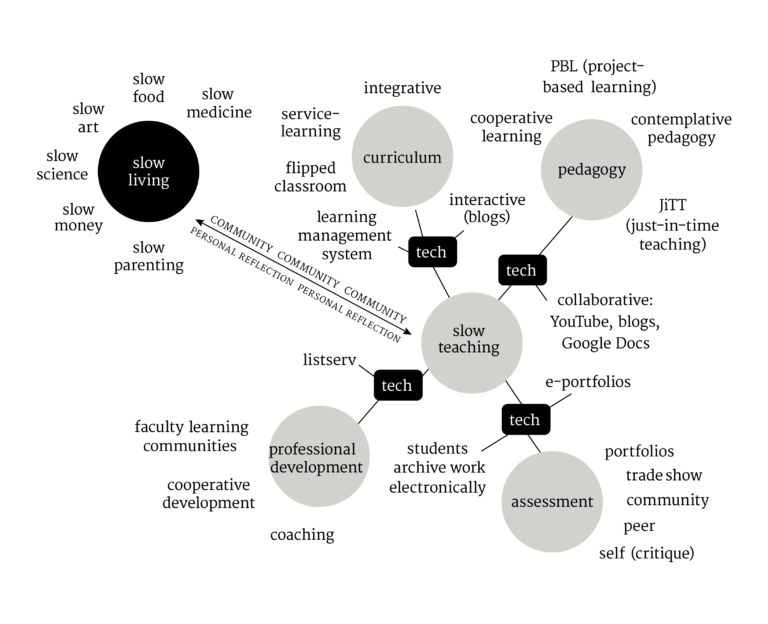Translating down to peers creates deep learning

Creating a simplified version of a concept is a rich learning activity for the student who plays the role of teacher, but also for the student who is being tutored. This teaching tip provides examples and guidance on using the technique in your class.
Communicating a simplified translation of a concept for a peer is a learning activity that compounds deep understanding, communication skills and reflection. The activity involves students explaining course content to their peers in terms that a five year old would understand. Readers of the subreddit “Explain Like I’m Five” (ELI5) will be familiar with this technique.
An instance of this technique can be seen in the xkcd comic “Up Goer Five”. In this single panel large graphic illustration Randall Munroe details the main components to the Saturn V rocket which carried astronauts to the Moon. The catch though, was that all the parts and functions are described using the 1000 most common words in English. The reader understands the part functions because the definitions are simple, clear and accurate. The comic also induces an automatic introspection about what the real names of the parts are and what they do.
Summarizing a concept using simplified language requires deep knowledge of the subject. If a student were assigned the task of ELI5’ing a subject to a peer, they would be motivated to thoroughly understand it, reflect upon abstractions and related meanings of terms, and refine their presentations when their peers ask for clarification.
So there are two activities here, one is an activity that involves simplifying a concept, the other is having students act as teacher. In order for you to use this as a learning activity, you would have to accept the idea that this is good for the student and the tutor.
But research backs this up. In the late 70’s, Bargh and Schul [1] studied the learning outcomes of two groups of students. They found significant comprehension gains in the group of students who tutored their peers over the group that studied only as students. They reasoned:
- Teaching a subject requires more raw hours of study, than merely being a student in the subject.
- The act of teaching reinforces the understanding of subject matter.
- The teacher is often required to explain content in different ways and this gives the teacher better perspective and a richer understanding.
In one of the openings of “The Office’, character Oscar Martinez attempts to explain the accounting term “surplus’ to his manager, Michael Scott. Oscar does an excellent job of explaining the concept as if Michael were five. This was the inspiration for the subreddit ELI5, where a variety of questions about complex concepts are answered in simple terms.
At some point, in the learning cycle, you as the instructor will have to assess the understanding and skill of your students. It isn’t enough to be able to present content in very clear terms, you must be able to ascertain if your students, like Oscar, understand the concept of “surplus’ or if they, like Michael, draw the conclusion that “next summer, he’ll be six’.
References
[1] Bargh, J. A., & Schul, Y. (1980). On the cognitive benefits of teaching. Journal of Educational Psychology. 72(5), 593-604.
More resources:
- Up Goer Five: https://xkcd.com/1133/
- Minute Physics: How to Go to Space, https://youtu.be/2p_8gx-XHJo
- Online text editor that aids writing using 1000 common words, Up-Goer Five Text Editor, https://splasho.com/upgoer5/
- 1000 most used words https://lasota.community.uaf.edu/wp-content/uploads/sites/623/tenOneHundred_words.txt
- ELI5, Office Style, lasotablog: https://lasota.community.uaf.edu/explain-it-like-im-5/
- Explain it like I’m 5 subreddit: https://www.reddit.com/r/explainlikeimfive




